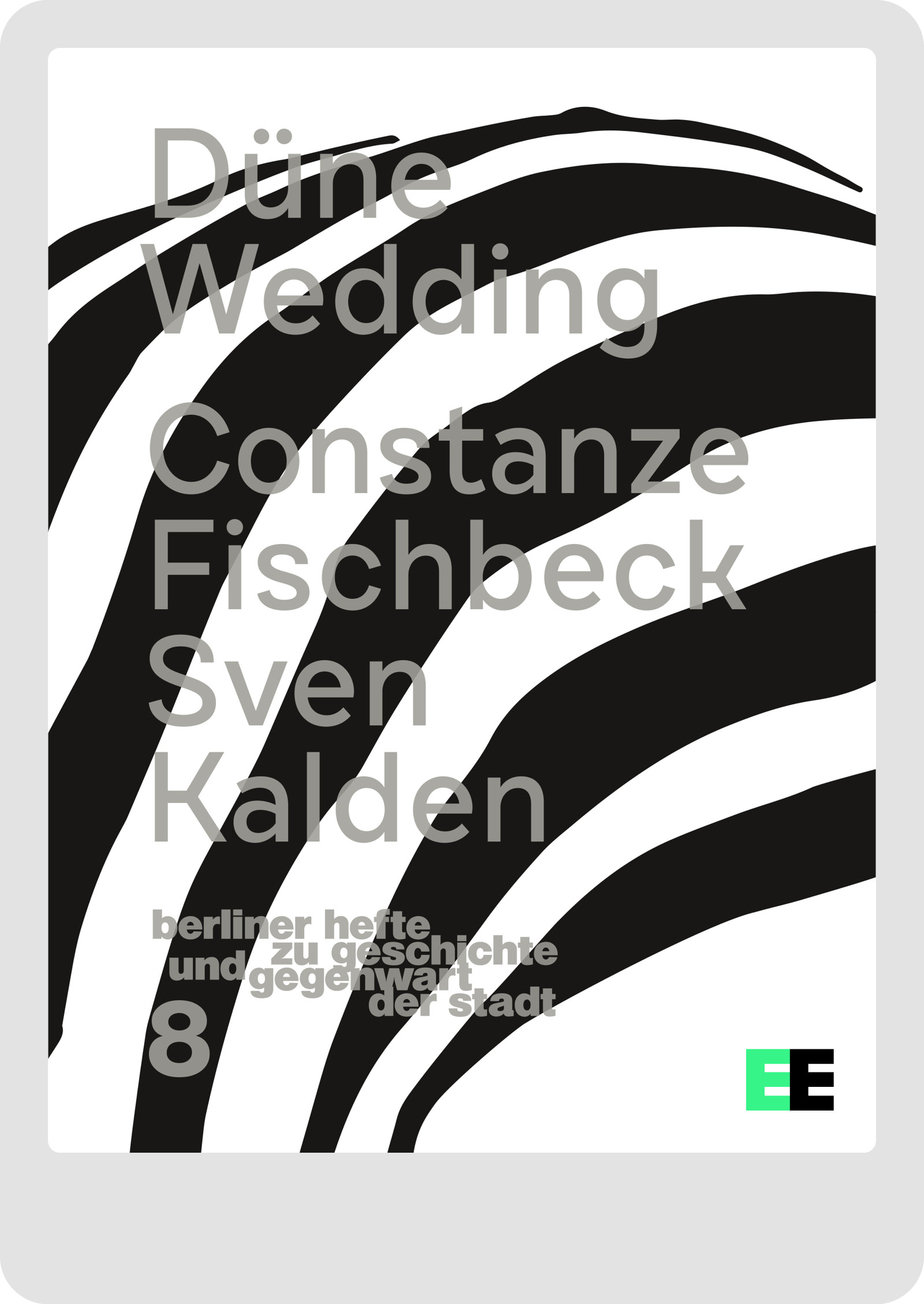Newly
Reviewed by Crinacle
So, this is the Blessing2:Dusk. The rough idea around the Dusk‘s sound is to have something that‘s perceptibly neutral, in the sense that no region seems overly boosted nor dipped in normal music listening.
Here we take a look at my own proprietary “IEF Neutral Target“ (for IEMs), a target curve that I finalised about two months back:
The IEF Neutral Target is a lot more conservative in the pinna gain region compared to traditional Diffuse Field or even Harman, along with an interesting hallmark: flat response from 900Hz down. Most “neutral“ targets tend to roll off in this area, more notably in Diffuse Field experiments where it‘s about 4dB down relative to 1kHz (for a total of about a 15dB difference between 20Hz at the lowest point and 3kHz at the highest).
Note that this is my neutral target, but most would know my thoughts on neutrality: it‘s boring. At any case, according to my own experiences it takes quite a bit more bass boost in an IEM relative to headphones and speakers to get the same perceived bass response, so obviously the Dusk will get some extra oomph in the low-end.
And when it comes to bass, you all know I preach the word of “sub“. No dirty 1kHz bass shelf for the Dusk here, only the highest quality boost concentrated from 150-200Hz down. The placement of the bass shelf is a fine balance in itself; too high and you get muddiness and warm colouration, but too low and you lose the sense of weight behind the bass.
Roughly 6dB emphasis is the sweet spot for the bass to be “safe“ for most listeners I feel; obviously if I were tuning solely for myself I would have shamelessly boosted the Dusk to 15dB at 30Hz and just bask in sheer rumble. But here I‘d have to consider the tastes and preferences of the IEM community at large, and besides I don‘t think the Blessing 2‘s dynamic driver is up to that monumental task.
Now the other obvious question here is, what are the differences between the Blessing 2 and the Blessing2:Dusk?
Let‘s flashback to my Blessing 2 review, where I‘ve stated the following back in May:
“… I‘d love more sub-bass and rumble, but the B2 already has more than adequate slam and texturing to the bass notes so this is more a preferential complaint than a critique.
The midrange is almost where I‘d be perfectly content with it. If I had the choice I‘d probably kill the 3kHz response by just 2, maybe 3dB (that whole “a little too shouty“ thing that I‘ve mentioned before)…“
Basically, the Blessing2:Dusk addresses most of my taste-related complaints of the Blessing 2, namely the slightly forward upper midrange and kind of bass emphasis that I like. It‘s not like the Dusk is a completely different IEM from the Blessing 2, after all I already consider the tonality of the Blessing 2 to be pretty much “all there“ and so awarded it with the “S“ grade in tonality. Just some minor changes here and there to “improve“ what is already a great IEM.
Not much I can do without completely changing the driver configuration. Which, again, would add to the cost of the IEM and I‘m sure nobody wants that.
Where the Dusk represents “balance in all things“ approach in tonality, the Dawn was originally “pleasantness above all“. As such, the Dawn was a little thicker in note weight overall to impart a little extra warmth and “emotion“, the Dusk is more neutral and more about being a punchier, less upper-mid-forward version of the Blessing 2.
Both are similar to identical in the upper midrange where I‘m more rigid in my approach to tuning. The frequencies at 1kHz and above primarily have more to do with the harmonics of music, and so there isn‘t much room to deviate from my target curve without having the timbre and tonality of the IEM stray into some form of colourations. I personally prefer to add colouration with lower mids and bass rather than with upper mids and/or treble, and this comparison shows it best.
The reduction in lower mids and bass in the Dusk in comparison to the Dawn also has to do with the driver choice; the BA woofers in the Dawn require a lot more SPL to get to the level that I found satisfactory, while the Dusk easily displayed my desired texturing and rumble with less of a boost.
The final question I guess people would be curious about is: how would I improve on the Blessing2:Dusk? I guess the biggest improvement I can see now would be to improve the treble extension, though it would basically be impossible when limited to the current 4BA + 1DD setup. And of course, adding the required supertweeters would drive the cost of the Dusk even higher, which goes against the concept of the Dusk project in the first place.
MOONDROP x Crinacle Blessing2:Dusk 1DD+4BA In-ear Headphone
USD 329.99
Product description
Reviewed by Crinacle
So, this is the Blessing2:Dusk. The rough idea around the Dusk‘s sound is to have something that‘s perceptibly neutral, in the sense that no region seems overly boosted nor dipped in normal music listening.
Here we take a look at my own proprietary “IEF Neutral Target“ (for IEMs), a target curve that I finalised about two months back:
The IEF Neutral Target is a lot more conservative in the pinna gain region compared to traditional Diffuse Field or even Harman, along with an interesting hallmark: flat response from 900Hz down. Most “neutral“ targets tend to roll off in this area, more notably in Diffuse Field experiments where it‘s about 4dB down relative to 1kHz (for a total of about a 15dB difference between 20Hz at the lowest point and 3kHz at the highest).
Note that this is my neutral target, but most would know my thoughts on neutrality: it‘s boring. At any case, according to my own experiences it takes quite a bit more bass boost in an IEM relative to headphones and speakers to get the same perceived bass response, so obviously the Dusk will get some extra oomph in the low-end.
And when it comes to bass, you all know I preach the word of “sub“. No dirty 1kHz bass shelf for the Dusk here, only the highest quality boost concentrated from 150-200Hz down. The placement of the bass shelf is a fine balance in itself; too high and you get muddiness and warm colouration, but too low and you lose the sense of weight behind the bass.
Roughly 6dB emphasis is the sweet spot for the bass to be “safe“ for most listeners I feel; obviously if I were tuning solely for myself I would have shamelessly boosted the Dusk to 15dB at 30Hz and just bask in sheer rumble. But here I‘d have to consider the tastes and preferences of the IEM community at large, and besides I don‘t think the Blessing 2‘s dynamic driver is up to that monumental task.
Now the other obvious question here is, what are the differences between the Blessing 2 and the Blessing2:Dusk?
Let‘s flashback to my Blessing 2 review, where I‘ve stated the following back in May:
“… I‘d love more sub-bass and rumble, but the B2 already has more than adequate slam and texturing to the bass notes so this is more a preferential complaint than a critique.
The midrange is almost where I‘d be perfectly content with it. If I had the choice I‘d probably kill the 3kHz response by just 2, maybe 3dB (that whole “a little too shouty“ thing that I‘ve mentioned before)…“
Basically, the Blessing2:Dusk addresses most of my taste-related complaints of the Blessing 2, namely the slightly forward upper midrange and kind of bass emphasis that I like. It‘s not like the Dusk is a completely different IEM from the Blessing 2, after all I already consider the tonality of the Blessing 2 to be pretty much “all there“ and so awarded it with the “S“ grade in tonality. Just some minor changes here and there to “improve“ what is already a great IEM.
Not much I can do without completely changing the driver configuration. Which, again, would add to the cost of the IEM and I‘m sure nobody wants that.
Where the Dusk represents “balance in all things“ approach in tonality, the Dawn was originally “pleasantness above all“. As such, the Dawn was a little thicker in note weight overall to impart a little extra warmth and “emotion“, the Dusk is more neutral and more about being a punchier, less upper-mid-forward version of the Blessing 2.
Both are similar to identical in the upper midrange where I‘m more rigid in my approach to tuning. The frequencies at 1kHz and above primarily have more to do with the harmonics of music, and so there isn‘t much room to deviate from my target curve without having the timbre and tonality of the IEM stray into some form of colourations. I personally prefer to add colouration with lower mids and bass rather than with upper mids and/or treble, and this comparison shows it best.
The reduction in lower mids and bass in the Dusk in comparison to the Dawn also has to do with the driver choice; the BA woofers in the Dawn require a lot more SPL to get to the level that I found satisfactory, while the Dusk easily displayed my desired texturing and rumble with less of a boost.
The final question I guess people would be curious about is: how would I improve on the Blessing2:Dusk? I guess the biggest improvement I can see now would be to improve the treble extension, though it would basically be impossible when limited to the current 4BA + 1DD setup. And of course, adding the required supertweeters would drive the cost of the Dusk even higher, which goes against the concept of the Dusk project in the first place.
You may also like

AWST Assorted Coin Purse
USD 4.99

CHEER BRA TOP
USD 34

Giubbino Tempesta
EUR 165

Leather Patch Oval B Hat
USD 32

GHRP-2 5mg
GBP 9.95

Düne Wedding
EUR 3.99

MAXBET: Daftar Situs Judi Bola Agen Maxbet Login Link Alternatif
IDR 6.999999e+06










